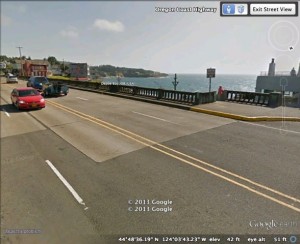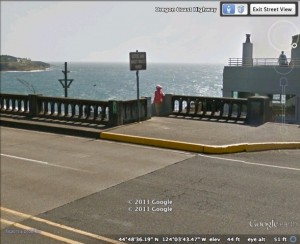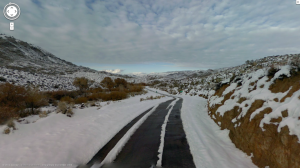@v_kono
I know reliable information information when I see it. The information is presented professionally, and Leonardo Online looked like it was the most reputable for its information. The site itself is described as an almanac. I noticed that the website was also linked to seven different social networking websites. Would someone really go so far to misinform about something that bares low significance to individuals? Another way I saw that this website was credible was by the biographies of the authors. Most of them have Ph.D’s, and that was just a bonus.
Wikipedia was no help at all. I was redirected to a page titled Locative Media. Locative media or Location-Based Media is not the same as Locative Art. Wikipedia is not a very reputable source when it comes to information. Considering the fact that anyone can edit Wikipedia, a Google search would be more accurate than doing a wiki search. The descriptions seem legit, and an amateur would most likely fall for it. I, however, do not trust these sort of websites because the authors are not credible. For all we know, high school drop outs can be writing all of that information. The authors are not even listed anywhere. Only the date of when the article was last updated is listed.
WorldCat is on neutral ground. It goes right between the two previously mentioned sources. Most of the articles are reviewed by peers. This is more trustworthy than wikipedia because it is proof read by another individual. Most of the results were from books that were published originally. Also great to know that they were proof read before publication. Authors are listed as well.




